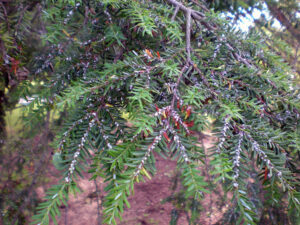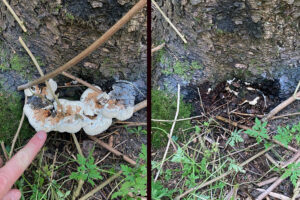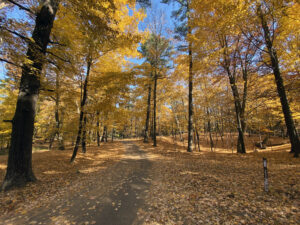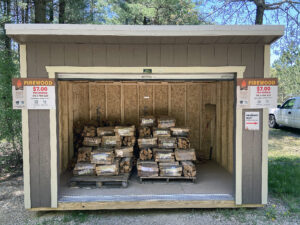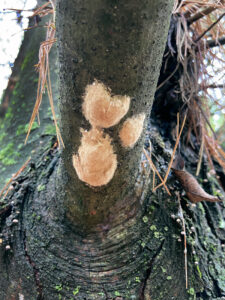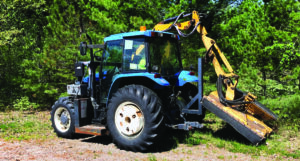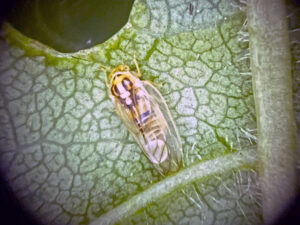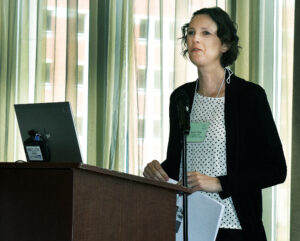
Wisconsin Department of Natural Resources Forest Health team leader Becky Gray will discuss invasives during a presentation to the Southeastern Wisconsin Invasive Species Consortium, set for Wednesday, Nov. 6, at Havenwoods State Forest in Milwaukee. / Photo Credit: Art Kabelowsky, Wisconsin DNR
Forest Health team leader Becky Gray has planned an appearance at a public meeting of the Southeastern Wisconsin Invasive Species Consortium (SEWISC). She’ll give a presentation covering invasives on a statewide level.
The event will take place from 1 to 4 p.m. Wednesday, Nov. 6, at Havenwoods State Forest, 6141 N. Hopkins St., Milwaukee, WI. More information is available on the SEWISC website.

